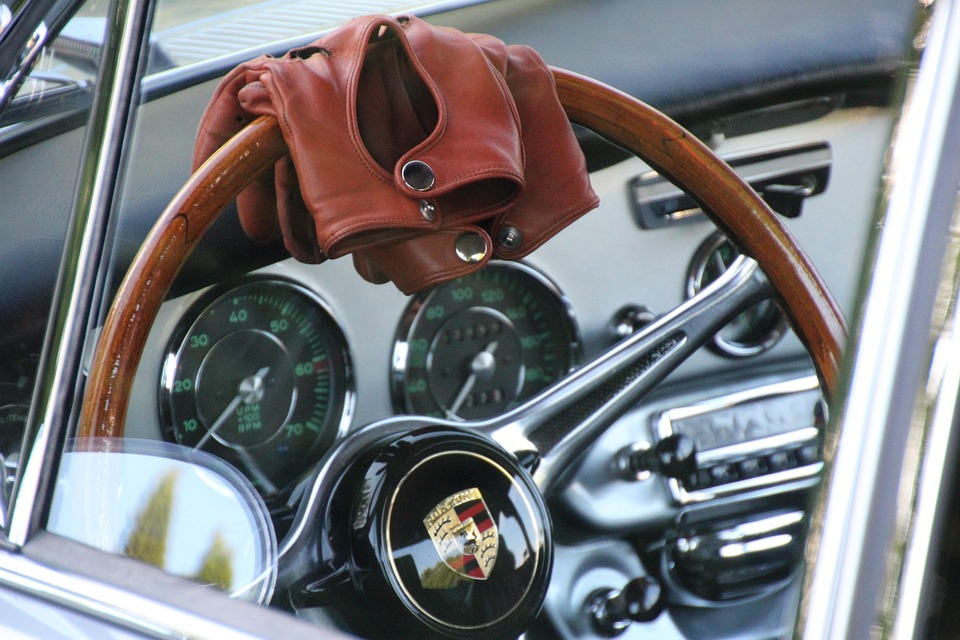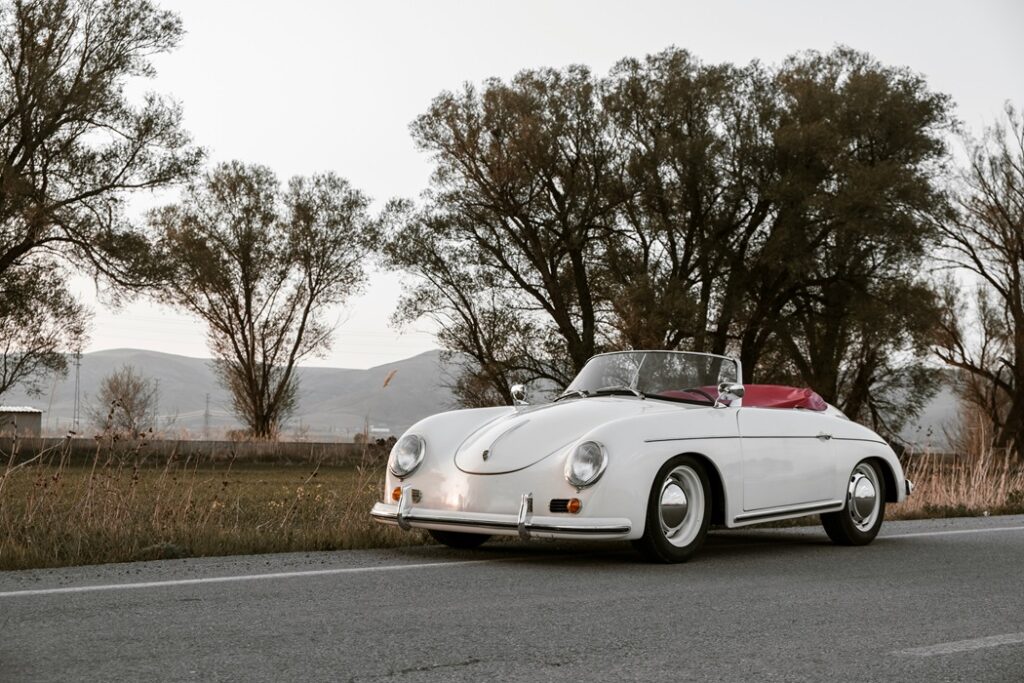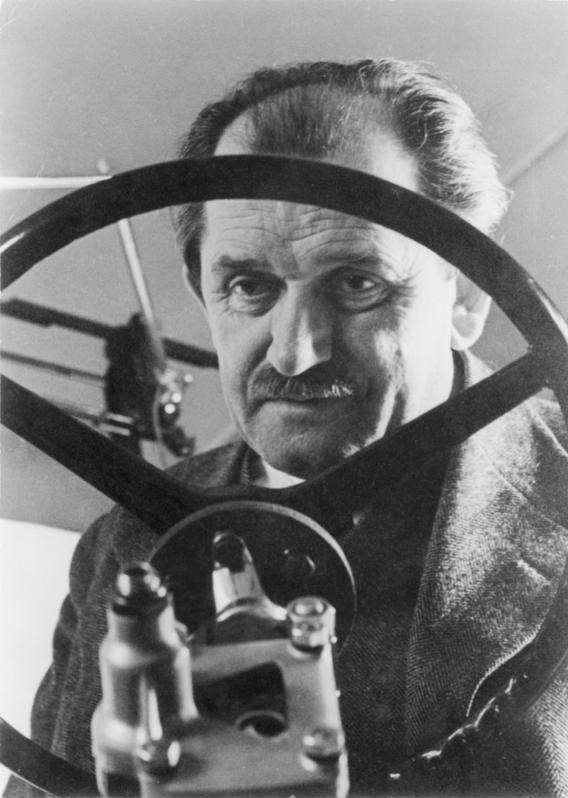Ferdinand Porsche – Brilliant Designer and Pioneer of Automotive Engineering
Early Life

Ferdinand Porsche was born on September 3, 1875, in Maffersdorf (today Vratislavice nad Nisou), which was then part of the Austro-Hungarian Empire and is now located in the Czech Republic. He came from a family of craftsmen; his father, Anton Porsche, ran a metalworking workshop. From an early age, Ferdinand was fascinated by technology and all types of machinery, which led to his keen interest in the emerging automotive industry. He acquired his technical education in Reichenberg (today Liberec), where he graduated from the State Vocational School and quickly began working in the automotive industry, earning a reputation as an exceptionally talented designer.
Key Car Models

Ferdinand Porsche entered automotive history primarily as the designer of the famous Volkswagen Beetle, commissioned by Adolf Hitler as the “people’s car” – affordable, simple, and reliable. This model became one of the most recognizable vehicles worldwide and a symbol of an era. However, as a convertible enthusiast, the Porsche 356 Speedster holds special significance for me – the first sports car bearing the Porsche name, which marked the beginning of an era of luxurious, lightweight, and fast Porsche convertibles. The Speedster featured a four-cylinder, air-cooled boxer engine with a 1.6-liter displacement, delivering between 60-75 horsepower depending on the version. With a curb weight of approximately 760 kg, it accelerated from 0 to 100 km/h in around 13 seconds and reached a top speed between 160-175 km/h—remarkable figures for the mid-20th century.

Here I again quote Ferdinand, whose words carry special symbolic meaning for me, as previously cited in my article about the history of the 356: “At the beginning, I looked around but couldn’t find the car of my dreams. So, I decided to build it myself.” I firmly believe that this model positions Ferdinand Porsche as one of the most influential figures in the convertible world. Ferdinand Porsche also significantly influenced racing car development, designing vehicles such as the Auto Union Type C, a legend of pre-war racing tracks, also convertible but in a somewhat different context.

Legacy and Descendants
Ferdinand Porsche passed away on January 30, 1951, in Stuttgart, leaving behind an immense legacy both technically and culturally. His contribution to automotive development has been recognized as fundamental, and the company he founded—Porsche AG—became synonymous with performance, quality, and prestige, especially in the sports and convertible car segments. Ferdinand’s son, Ferry Porsche, continued his father’s work, elevating the brand to global fame with legendary models such as the Porsche 911 Cabriolet. It’s probably not just me who sees similarities in virtually every aspect between the 356 and the 911; indeed, the 911 inherited many design principles directly from the 356. Thus, I can confidently say that Ferdinand laid the foundations for the 911, which remains one of the most iconic convertibles in the world to this day.


